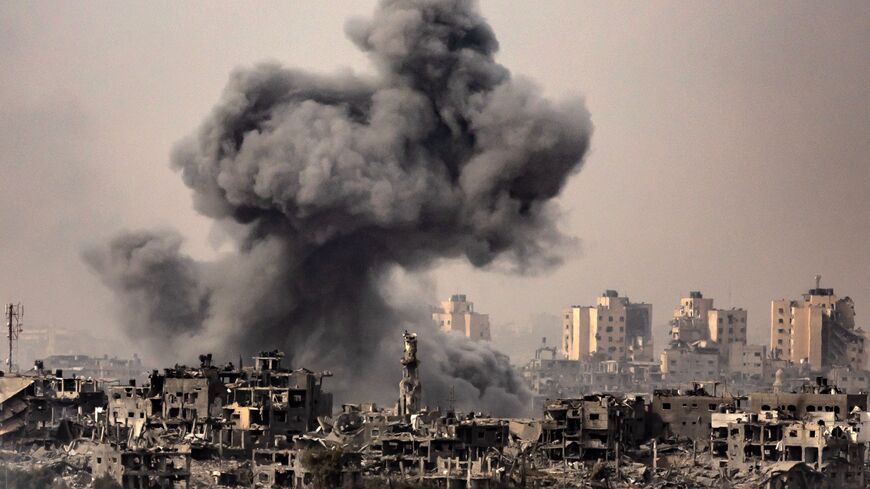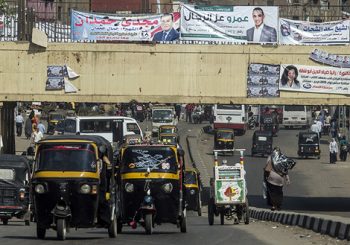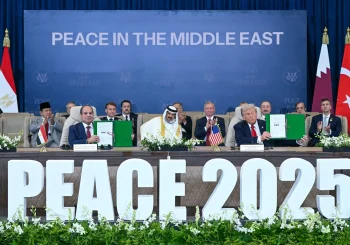Israeli soldiers bolstered by tank support have broadened their operations inside Gaza, engaging on Sunday, 30 October, in intense air and artillery strikes in the northern region.
There are several reports of Israeli armored vehicles operating near the Mediterranean coast In the northern region of the enclave. Witnesses from Gaza reported seeing Israeli tanks blocking the main north-south Salah Al Din road south of Gaza City and firing at anyone trying to use it, including Taxi drivers.
There are also reports of ongoing operations on the outskirts of the Zaytoun and Shajaiya neighborhoods in Gaza City.
Analysts believe that Israeli forces are attempting to isolate and lay siege to Gaza City from the south, effectively cutting off the urban area that extends northwards to Beit Hanoun and Beit Lahia.
Hamas also confirmed engaging in “heavy fighting with the invading occupation force” in the northern region of Gaza. The Israeli army (IDF) has again warned civilians to flee south.
Israeli airstrikes have also been reported near Gaza City’s hospitals. The Palestinian Red Crescent received warnings from Israeli authorities on Sunday to evacuate Al Quds Hospital immediately, which is sheltering around 14,000 people, according to the Palestinian Ministry of Health.
Israel has accused Hamas of using Gaza hospitals for command centers and military infrastructure, an allegation denied by the group.
The “second phase” of Israel’s three-week conflict with Hamas militants has been mostly concealed from the public, with Israeli forces operating in darkness and a telecommunications blackout disconnecting Palestinians.
There were signs of phone and internet services resuming on Sunday, but Paltel, a telecoms provider in the region, reported that Israeli airstrikes had once again disrupted internet and phone connectivity in certain northern areas of the enclave. These outages have significantly hindered the ability to rescue casualties of Israeli attacks.
An additional 33 aid trucks were permitted to enter Gaza from Egypt on Sunday, as confirmed by witnesses at the Rafah crossing. This marked the largest daily intake of aid trucks since the conflict’s onset. However, humanitarian workers expressed that the provided assistance remained far from meeting the desperate needs on the ground.
The expanding IDF operation in Gaza coincided with a decline in Israeli public support for an extended occupation. According to a study conducted by the Hebrew University of Jerusalem, support has decreased from 65 percent on October 10 to 46 percent at present. This study has been tracking the opinions of the same group of 1,774 individuals, with a margin of error of 4.2 percent.
The Conflict So Far
After a surprise attack conducted on 7 October by Hamas on a number of southern Israeli towns which resulted in the deaths of an estimated 1,405 people and more than 220 being taken hostage by Hamas, Israel launched a retaliatory bombing campaign against what it describes as ‘terrorist targets’ in the Gaza Strip.
At least 8,005 Palestinians have been killed in the Gaza Strip — including 3,324 children — and 20,242 others injured. Meanwhile over 114 Palestinians have been killed in the West Bank and around 2,000 have been injured.
The priority of the Egyptian government since the beginning of the conflict has been deescalation and the securing of a path for aid to enter the Gaza Strip through the Rafah crossing. Israel bombed the crossing at least six times, and 80 aid trucks have crossed to Gaza so far, which UN officials warn is insufficient amid dire humanitarian conditions.
Most Western countries, with the United States at the forefront, have expressed unconditional support for Israel, despite the steadily rising death toll in Gaza. Meanwhile, the United Nations General Assembly has issued a resolution calling for a ceasefire.







Comments (0)